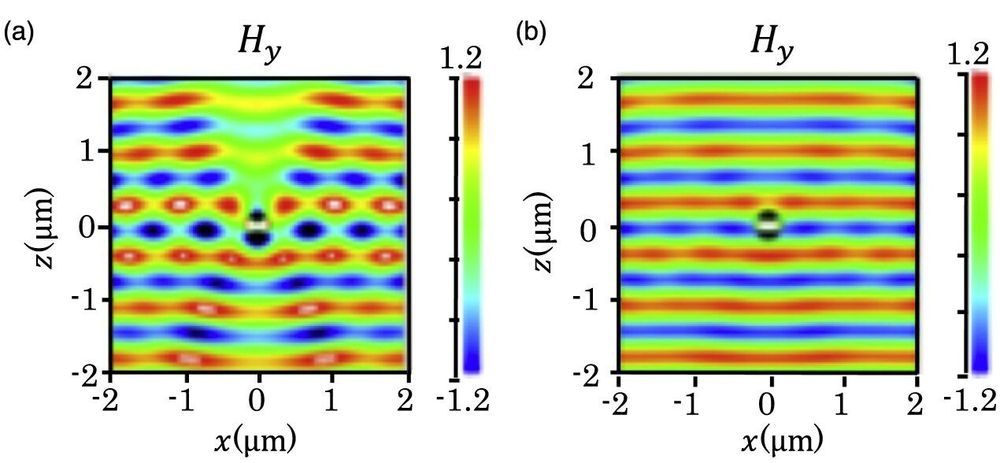A pair of researchers at Tokyo Institute of Technology (Tokyo Tech) describes a way of making a submicron-sized cylinder disappear without using any specialized coating. Their findings could enable invisibility of natural materials at optical frequency and eventually lead to a simpler way of enhancing optoelectronic devices, including sensing and communication technologies.
Making objects invisible is no longer the stuff of fantasy but a fast-evolving science. ‘Invisibility cloaks’ using metamaterials—engineered materials that can bend rays of light around an object to make it undetectable—now exist, and are beginning to be used to improve the performance of satellite antennas and sensors. Many of the proposed metamaterials however only work at limited wavelength ranges such as microwave frequencies.
Now, Kotaro Kajikawa and Yusuke Kobayashi of Tokyo Tech’s Department of Electrical and Electronic Engineering report a way of making a cylinder invisible without a cloak for monochromatic illumination at optical frequency—a broader range of wavelengths, including those visible to the human eye.
